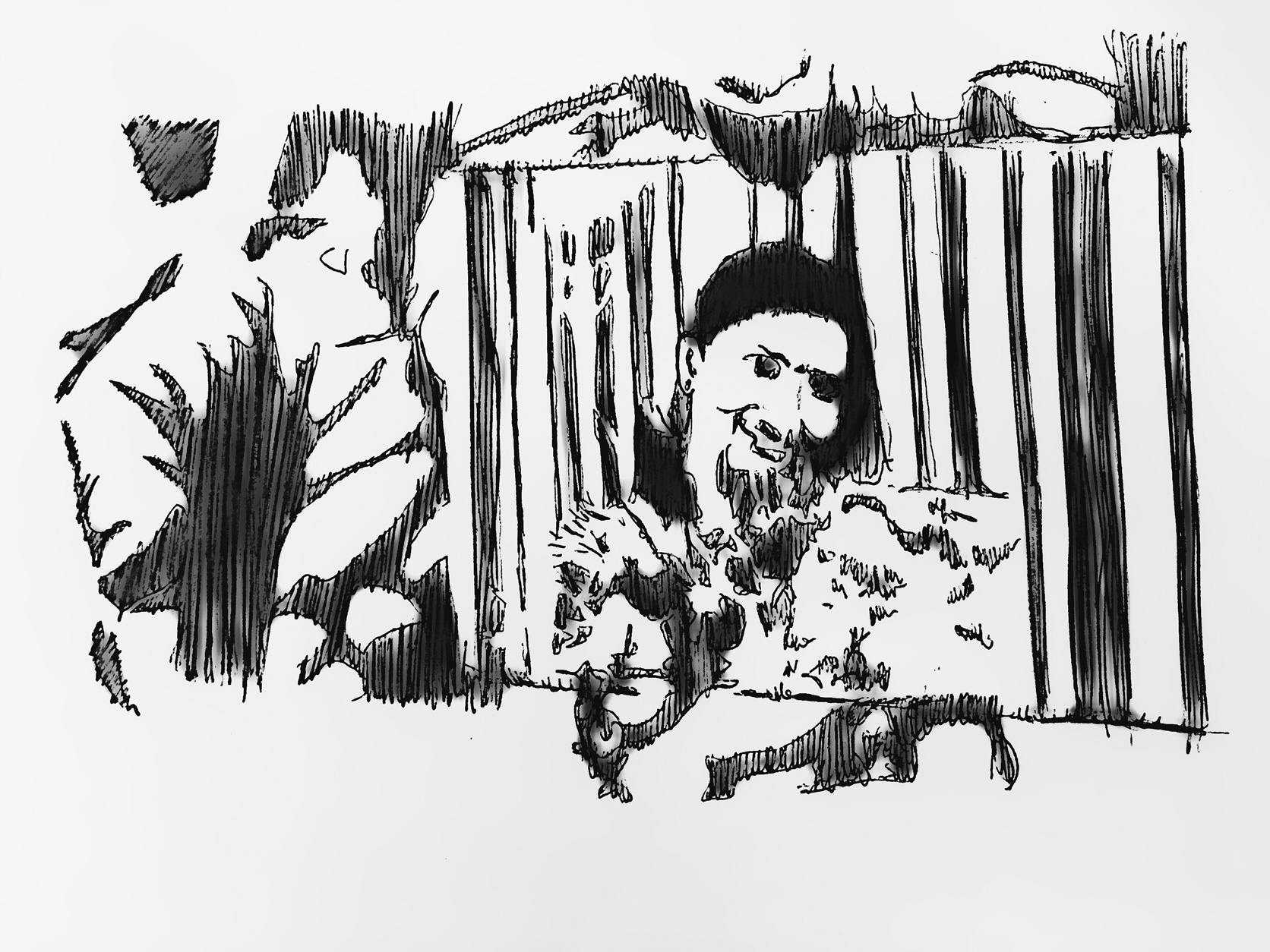| Artwork courtesy of Sindhu (@_sinblack) |
For months relatives of the forcibly disappeared have been protesting on the streets across the North-East, demanding to know the whereabouts of their loved ones. Despite years, sometimes decades, of various government mechanisms and pledges, their search for answers continues.
In this series of interviews conducted since May 2017, Tamil Guardian goes behind the protest to the individual stories that make up this unyielding movement of Tamil families of the disappeared.
Abirami
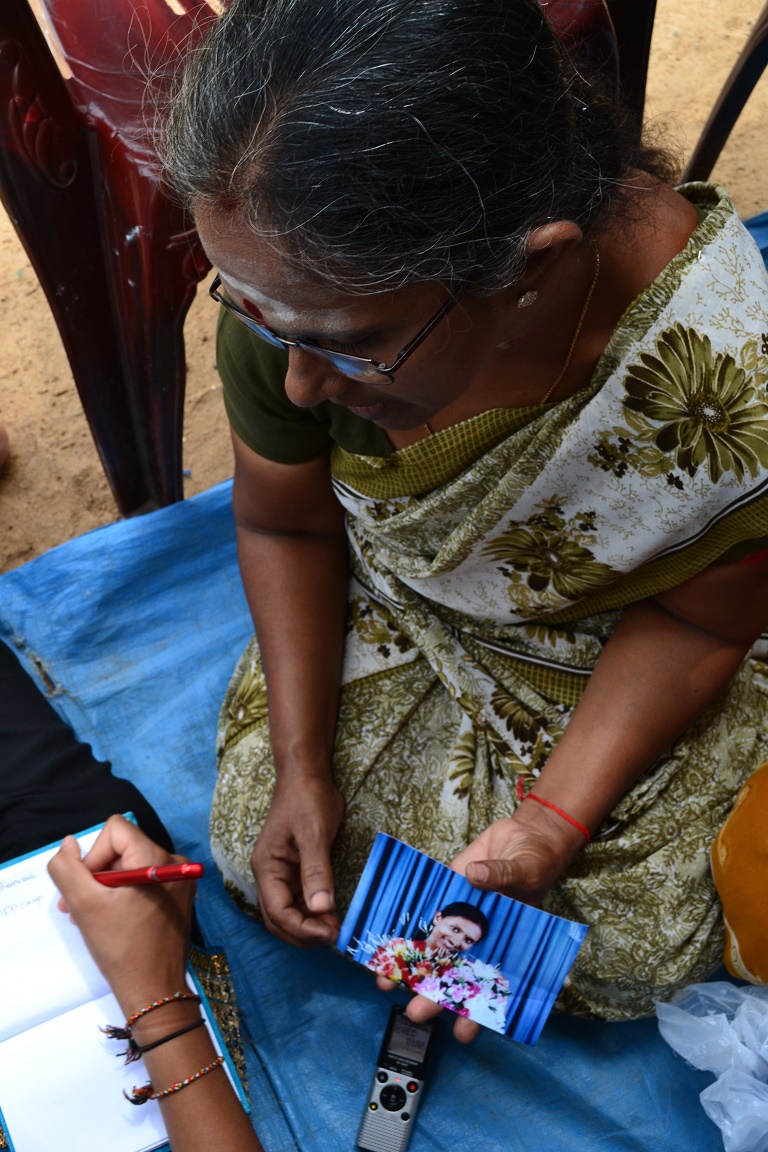
Srimathy is one of the dozens of mothers outside the Murugan Temple searching for their disappeared children. They have now been protesting for more than 150 days on the roadside. Srimathy is searching for her daughter.
Abirami was just 22 years old during the final stages of the armed conflict on the island.
An aspiring musician and the eldest in her family, the highly achieving student had passed all her A-level exams. “She is sharp,” says her mother. “We still have all her certificates.” Abirami is a talented singer Srimathy adds, and was set to study music at Jaffna University. “She could sing well… She had an interview and she got university admission.”
But the massive Sri Lankan military offensive launched in mid-2008 shattered those plans. As the army moved into the North-East, Abirami and her family became trapped in the fighting. Alongside countless others, they had been repeatedly displaced and finally penned into Vadduvakal in Mullaitivu. The town overlooks Nandikadal lagoon.
In May 2009, it was the scene of unimaginable carnage. The region just south of the second government declared No Fire Zone (which was repeatedly shelled by the army regardless) bore the brunt of Sri Lankan military bombardment. Thousands had been indiscriminately slaughtered.
“When we were travelling during the war we got separated,” says her mother. It was in those final few moments when she last saw her daughter. In the mass of people scrambling to avoid artillery fire, Abirami was separated from her family. “It was loud and there was shelling,” recalls Srimathy “We were there till the war finished”.
“There were so many people,” she adds. “So, we were separated like that.”
With thousands of other Tamil civilians, Srimathy and the rest of her family marched across Nandikadal lagoon into government held territory. Witnesses described having to walk amongst hundreds of bodies strewn along the road towards the bridge and bodies floating in the water.
It was once she crossed that she received news that her daughter had been spotted in Menik Farm – a 700-hectare site that was once the world’s largest camp for internally displaced people (IDP). At one point, the camp housed close to 300,000 people. Made up of seven different zones, each section was enclosed by barbed wire and tightly guarded by military personnel.
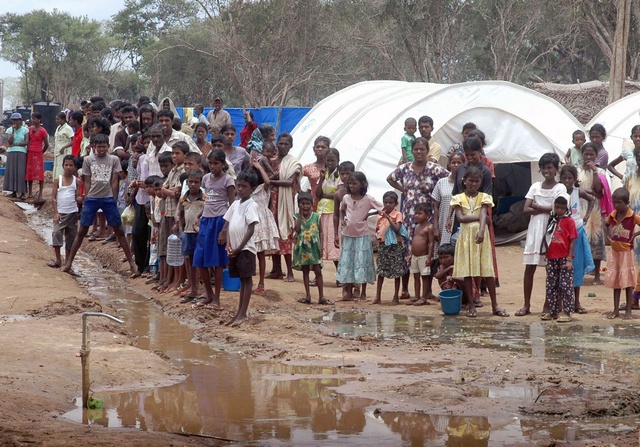 |
| Above: file photograph - Menik Farm camp in 2009. Below right: Satellite imagery of Zone 4 of the camp, the last place Abirami was seen. |
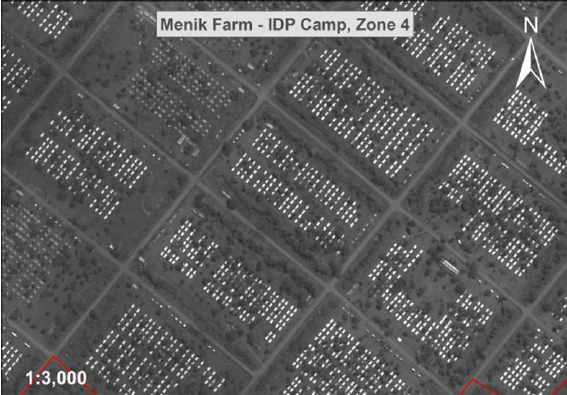 “People from that camp came and told us that my child was there in Zone 4… someone I know told me,” Srimathy continues.
“People from that camp came and told us that my child was there in Zone 4… someone I know told me,” Srimathy continues.
The camp was infamous. A UN report described how a lack of basic medical supplies food, water, housing and sanitation had left inmates at the camp riddled with diseases. “The material conditions in these closed camps amounted to violations of the rights to health and to an adequate standard of living,” said the UN Report of the OHCHR Investigation on Sri Lanka (OISL). The Times reported that at the time 1,400 Tamils were dying every week at the camp.
Human rights abuses were also rampant. The Sri Lankan military continued to arbitrarily arrest and torture individuals. The absence of UN staff or NGOs inside the different sections of the camp after dark prevented any kind of independent monitoring. Woman in particular were vulnerable to sexual abuse by Sri Lankan security forces.
Srimathy rushed over to Zone 4 of the sprawling camp as soon as the Sri Lankan security forces allowed her.
“By the time we could go give a letter and figure things out, she was no longer there,” she says. “People said that they saw her being loaded onto a bus.” That was the last she heard about Abirami.
One of Srimathy’s younger sons got ill and passed away soon after. It has been over 8 years since Abirami’s disappearance. Srimathy is no closer to knowing the whereabouts of her disappeared daughter.
“We want our child,” she cries.
“We are living in the belief that they are alive.”
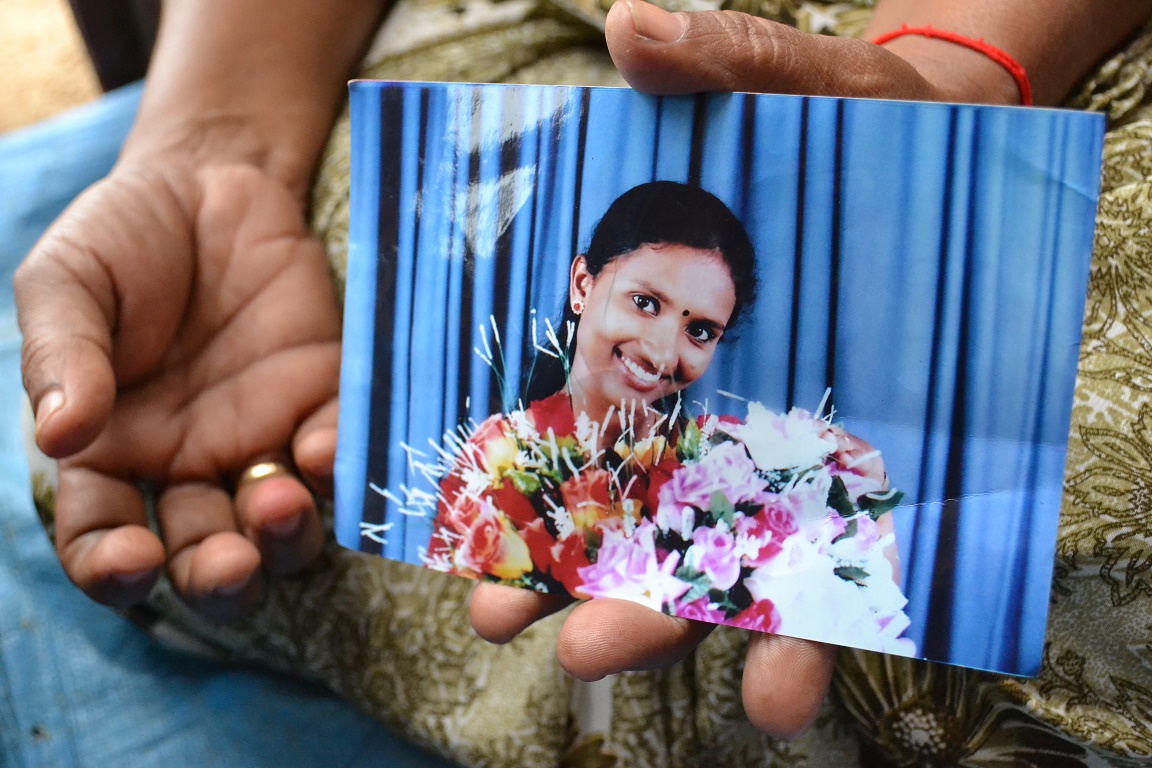 |
We need your support
Sri Lanka is one of the most dangerous places in the world to be a journalist. Tamil journalists are particularly at threat, with at least 41 media workers known to have been killed by the Sri Lankan state or its paramilitaries during and after the armed conflict.
Despite the risks, our team on the ground remain committed to providing detailed and accurate reporting of developments in the Tamil homeland, across the island and around the world, as well as providing expert analysis and insight from the Tamil point of view
We need your support in keeping our journalism going. Support our work today.
For more ways to donate visit https://donate.tamilguardian.com.

